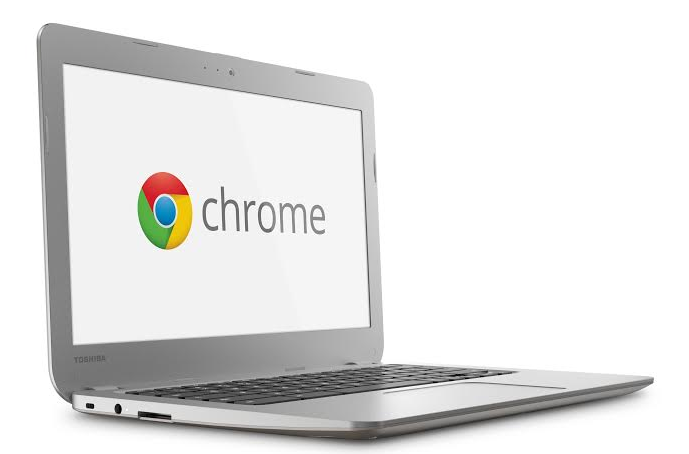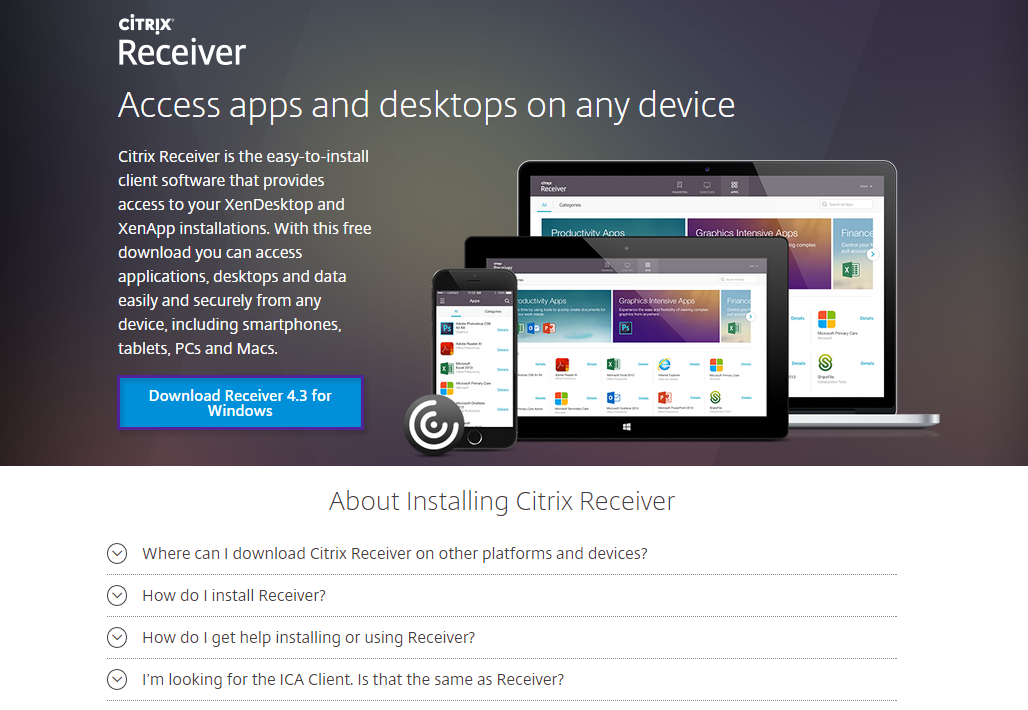

- #Citrix receiver chromebook how to#
- #Citrix receiver chromebook install#
- #Citrix receiver chromebook series#
Click Security->Set up Single Sign-on (SSO) Ensure that, AD FS and AD are not on the same machine.Ĭonfigure AD FS URL in Google Admin console for Single Sign-on as follows:Įnable Single Sign-on in Google Apps.
#Citrix receiver chromebook install#
Install and configure Active Directory Federation Service (AD FS) from server manager roles on any Windows 2K8 R2 or Windows 2K12 R2 server. Configuring Active Directory Federation Services (AD FS) and Google Admin Console We look forward to answering your questions and hearing your feedback.Install Virual Desktop and configure Federated Authentication Service. Refer Citrix Documentation - Federated Authentication Service for more details. Webinar 3: Fireside Chat: How Middlesex Hospital Deployed Citrix on Chrome Devices Webinar 2: Easily Deploy Citrix on Chrome OS in your Enterprise: A Step-By-Step Deployment Demo Webinar 1: Secure your Virtualization Strategy with Citrix Receiver & Chrome OS
#Citrix receiver chromebook how to#
How to deploy Citrix Receiver on Chrome devicesĬustomer case studies of Citrix deployments on Chrome OS How Citrix XenApp (XA) and XenDesktop (XD) integrates with Chrome OS The benefits of Citrix and Chrome Enterprise solutions To learn more about pairing Citrix with Chrome devices, join Google and Citrix experts for three short webinars showcasing: These apps are delivered to Chrome devices virtually, enabling IT to easily manage and secure access to business applications, intellectual property and sensitive data. With Citrix Receiver for Chrome, apps are published within a XenApp or XenDesktop environment either on premises or in the cloud. This means that you can easily join devices to your domain and see those devices in your on-premise domain controllers. Chrome Microsoft® Active Directory® Integration lets you fully integrate your organization’s Chrome devices with a Microsoft Active Directory server.

Every Chrome device performs a self-check upon every boot, encrypts and stores user data, and automatically downloads updates so the device always has the latest security features. Security by designĬhrome is designed to provide multiple layers of protection. With Citrix XenDesktop, IT can deploy standardized virtual desktop experiences across groups of users, providing a desktop in the cloud. With Citrix XenApp, IT admins are able to deploy customized profiles to specific users and groups of users. Citrix provides automatic version updates of Citrix Receiver for Chrome every quarter to ensure an always-up-to-date user experience. Citrix Receiver for Chrome provides the most secure solution for accessing XenApp and XenDesktop virtualized environments. Citrix just released version 2.5.2 of Citrix Receiver for Chrome, a native Chrome packaged app which enables users to access Citrix virtual desktops and hosted applications from Chrome devices. Flexible app management and user experiencesĬitrix XenApp and XenDesktop securely stores and delivers business apps and sensitive data from the cloud to Chrome devices.


You can configure Chrome features and settings for users, set up VPN and wireless network access, pre-install Chrome apps and extensions (including Citrix Receiver) and more. Here are some advantages to combining Chrome OS with Citrix as part of your virtualization strategy: Easier device managementĬhrome’s management console simplifies and centralizes managing Chromebooks, giving you control over device policies and configurations.
#Citrix receiver chromebook series#
All of this will be the topic of a new, three-part joint webinar series running this November, with the first event, "Secure your Virtualization Strategy with Citrix Receiver & Chrome OS,” running on Wednesday, November 8 10:00 a.m.-10:45 a.m. To help meet this need, we’ve been working closely with Citrix to deliver Windows apps and desktops to Chrome devices through Citrix’s industry-leading virtualization solutions. But we also heard from some IT admins that it’s critical their users still have access to certain legacy line-of-business or Windows apps. Many businesses have told us they picked Chrome devices for their security, manageability and cost effectiveness. Since then, we’ve seen rapid adoption of Citrix and Chrome devices in the enterprise. Last July, we announced our expanded partnership with Citrix, offering desktop virtualization solutions on Chrome devices to help more businesses transition to the cloud.


 0 kommentar(er)
0 kommentar(er)
